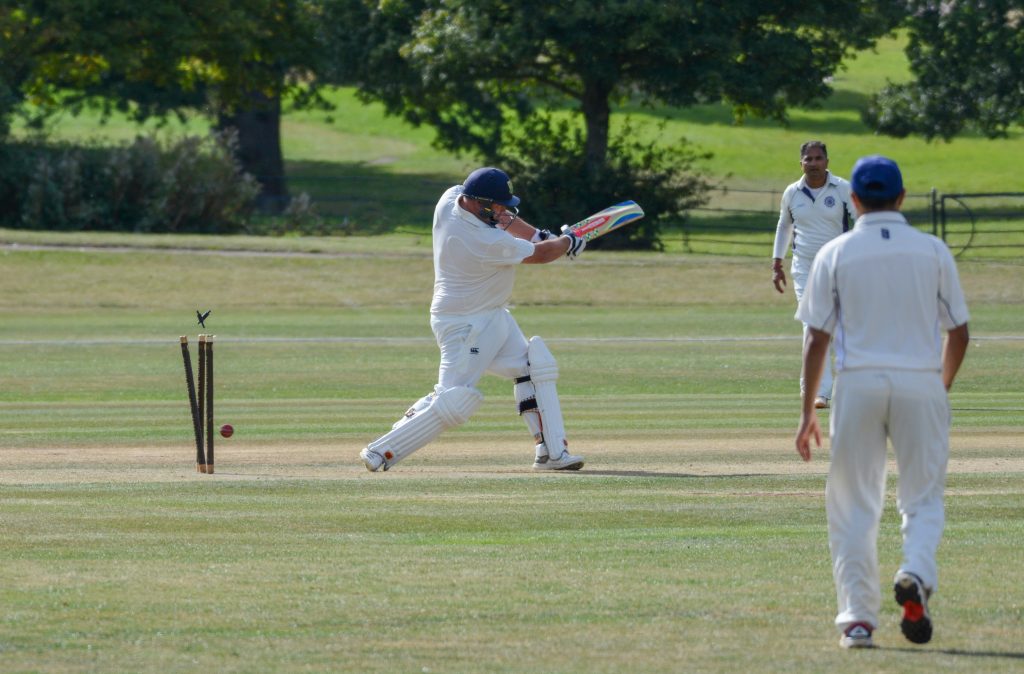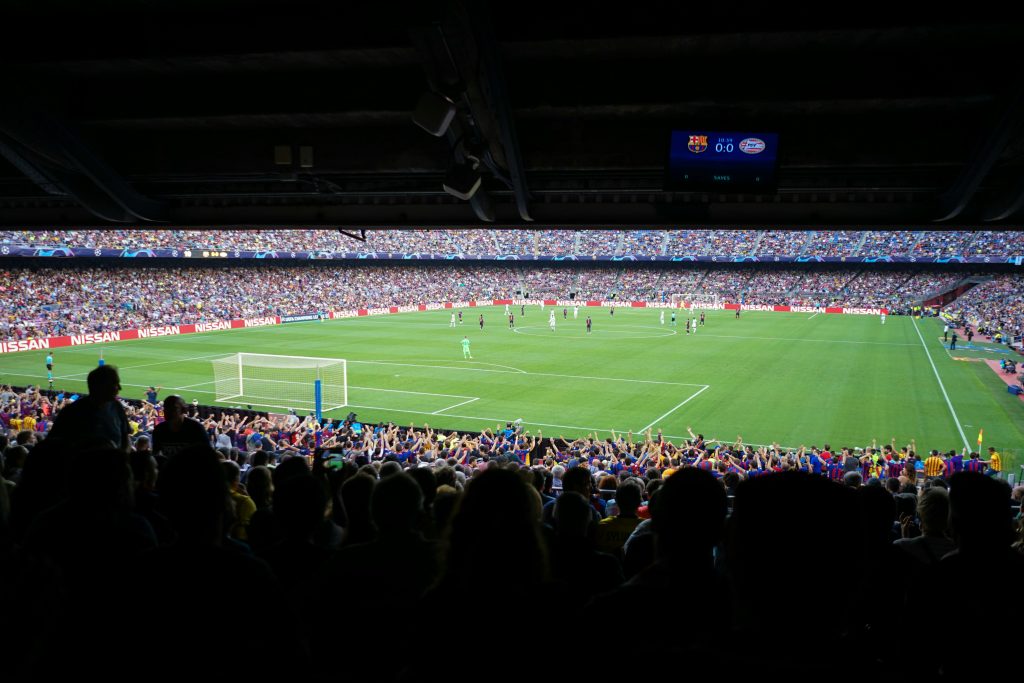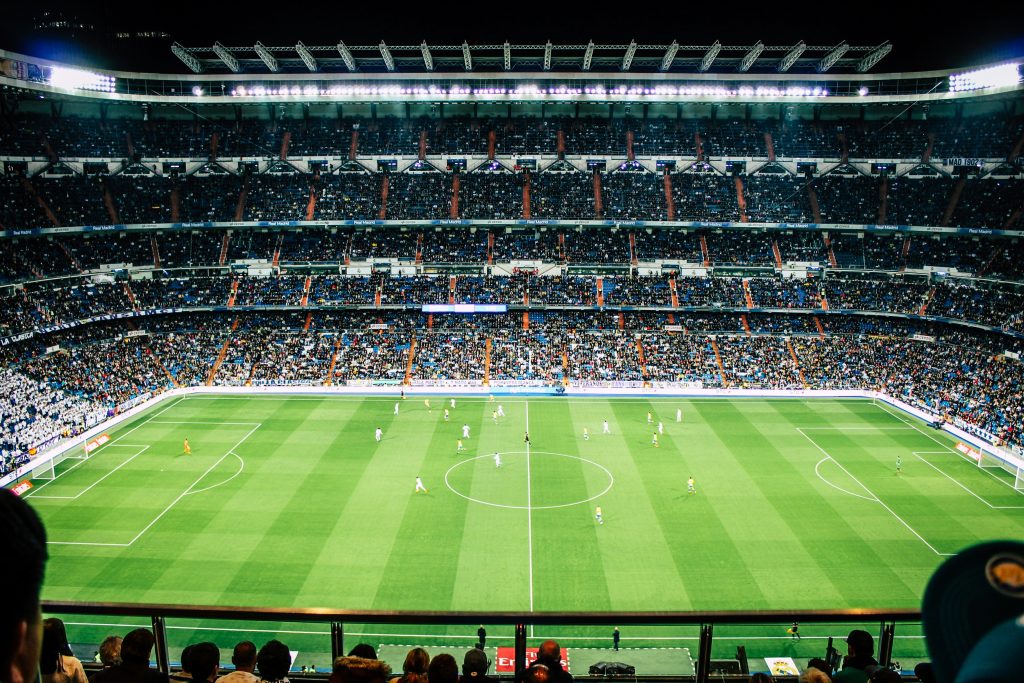In the world of football, few rivalries ignite passion and excitement quite like that between Uruguay and Brazil. These two South American giants not only boast rich histories filled with triumphs but also a deep-seated competitive spirit that has electrified fans for generations. As they prepare to face off once again on the pitch, anticipation fills the air—who will emerge victorious in this clash of titans? The stage is set for a showdown where skill meets strategy, and every pass could dictate the fate of their nations.
As we delve into the lineups for this eagerly awaited encounter, we’ll explore how each team’s unique strengths and tactical approaches could tip the scales in their favor. From Uruguay’s legendary grit to Brazil’s dazzling flair, both squads are brimming with talent that can change the course of a match in seconds. Join us as we break down potential formations, key players to watch, and what this rivalry means not just on the field but to fans who live and breathe every moment of this beautiful game.
Team History: Uruguay vs Brazil Encounters
The rivalry between Uruguay and Brazil transcends mere statistics; it embodies a rich tapestry of football history that has shaped the identity of both nations. Encounters between these two South American giants are often characterized by raw emotion, skillful play, and the relentless pursuit of glory. From the famous Maracanazo in 1950, where Uruguay stunned Brazil in their own backyard to clinch the World Cup, to fiercely contested Copa America finals, each match adds a new chapter to their storied rivalry.
What makes this clash particularly riveting is not only the tactical chess match but also the cultural significance it holds for fans on both sides. Each goal scored reverberates beyond the pitch, igniting national pride and historical debates that span generations. The players themselves are acutely aware of this legacy; many consider performing in these fixtures as vital as any major tournament final. The blend of youthful talent with experienced legends continuously reinvigorates this clash, ensuring its place at the heart of South American football lore remains vibrant and compelling.
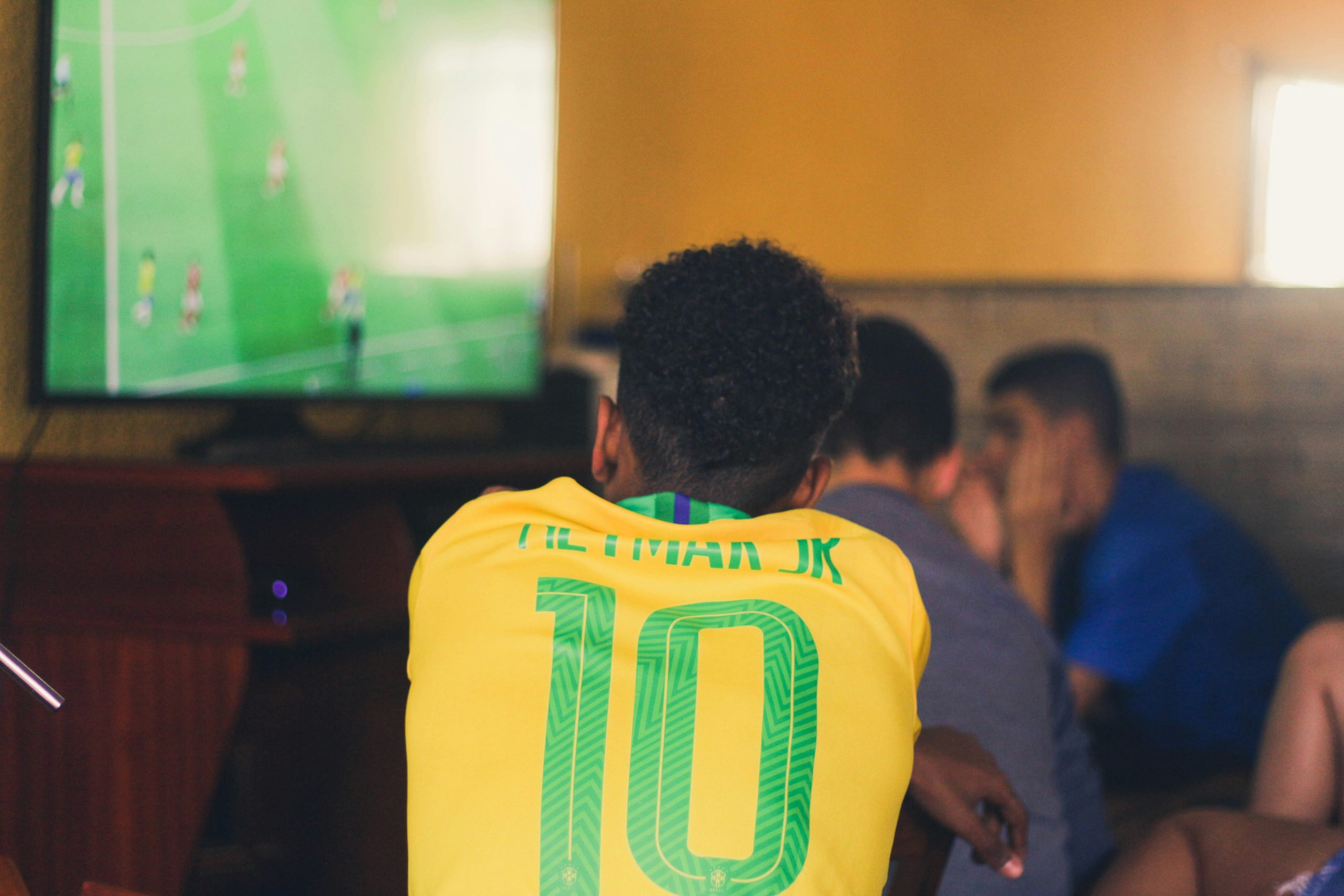
Current Form: Recent Performances Analysis
Analyzing the recent performances of both Uruguay and Brazil reveals a fascinating juxtaposition in their styles and effectiveness on the pitch. Uruguay, under their new management, has showcased a resilience that reflects in their defensive solidity. In the latest qualifiers, they exhibited an organized backline and tactical discipline that stifled contrasting attacking plays from opponents. This newfound stability could be pivotal against Brazil’s fluid offensive game.
On the other hand, Brazil continues to dazzle with its flair but has faced scrutiny over vulnerabilities at the back. Their recent matches highlighted a tendency to concede goals during high-press situations, revealing cracks that opposing teams might exploit. However, the explosive attacking trio—armed with speed and creativity—has often bailed them out of precarious situations, leading to thrilling victories despite defensive lapses. The interplay between these two sides will not only depend on individual brilliance but also how well each team can capitalize or neutralize these aspects of recent form.
Expected Lineups: Players to Watch Out
As we anticipate the high-stakes clash between Uruguay and Brazil, eyes will undoubtedly be on key players who can turn the tide for their respective teams. For Uruguay, keep an eye on Federico Valverde. The dynamic midfielder has evolved into a linchpin for club and country, showcasing not only his defensive tenacity but also his ability to contribute in attack. His vision and passing range could unlock Brazil’s well-organized defense, making him a player to watch closely.
On the Brazilian side, Vinícius Júnior’s rapid ascent continues to draw admiration. Known for his explosive pace and dribbling skills, he possesses the capacity to create chaos along the flanks. His partnership with Neymar has been pivotal in recent matches; together they have shown that when given space, they can dismantle even the most resilient backlines. With both teams boasting rich attacking talent, it’s these individual moments of brilliance from Valverde and Vinícius that may well determine who walks away victorious from this iconic matchup.
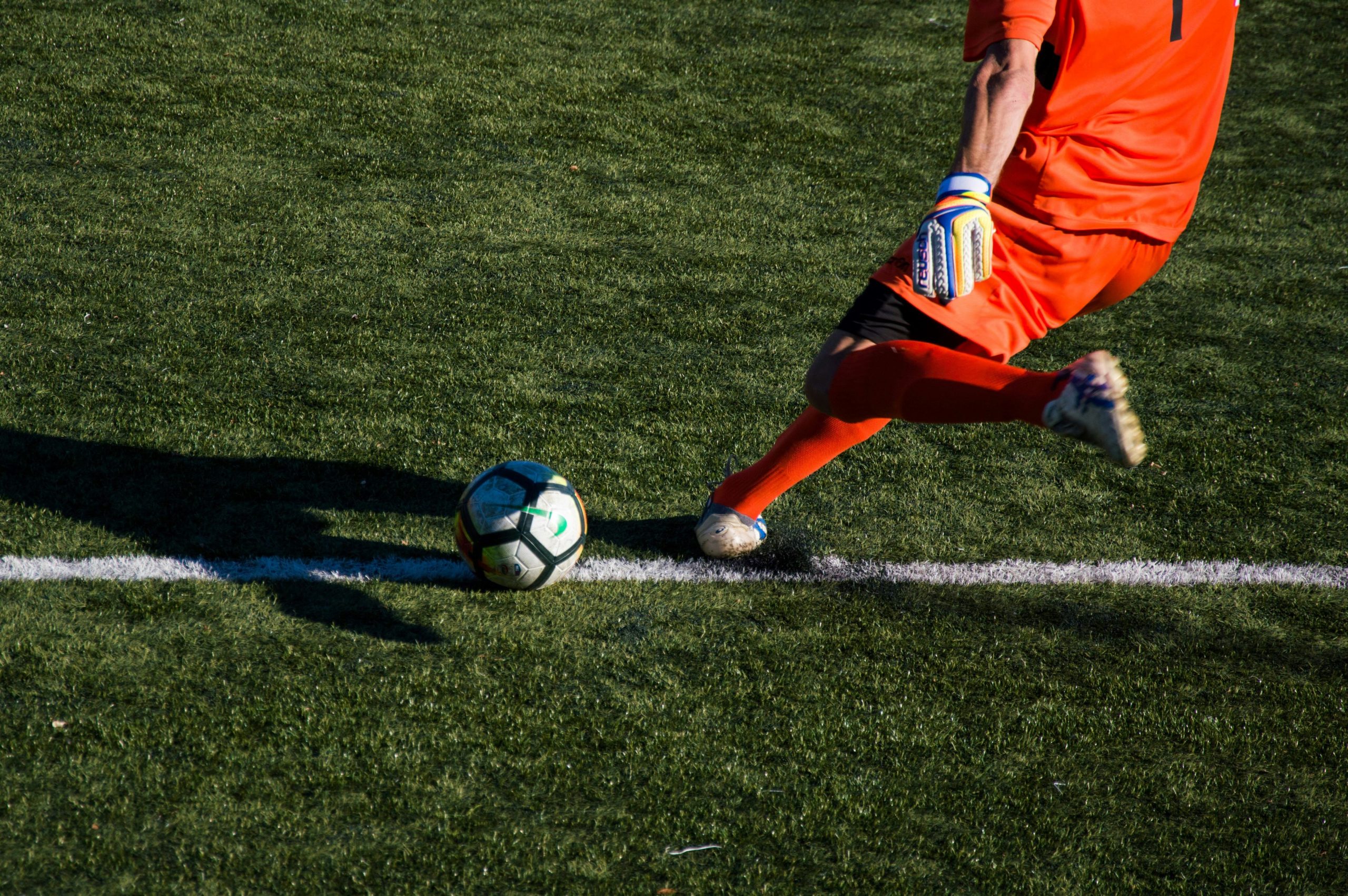
Key Tactics: Strategies of Both Teams
In the high-stakes matchup between Uruguay and Brazil, tactical nuance often takes center stage. Uruguay traditionally adopts a pragmatic approach, leveraging their robust midfield to disrupt opposition rhythm while exploiting spaces on the counter-attack. Expect them to deploy a compact formation that emphasizes defensive solidity, with players like Federico Valverde providing relentless pressing and quick transitions. Their game plan relies heavily on set pieces as well— a hallmark of Uruguayan football that can turn the tide in closely contested encounters.
On the other side of the pitch, Brazil tends to embrace an intricate attacking philosophy rooted in flair and creativity. Their strategy will likely revolve around exploiting width with dynamic wing play from players such as Vinícius Júnior or Raphinha, allowing for swift build-ups that challenge Uruguay’s organized defense. The key for Brazil lies in linking their attack seamlessly: utilizing Neymar’s vision and technical prowess to orchestrate movements while expecting Gabriel Jesus or Richarlison to capitalize on any gaps left by defenders under pressure. This clash of contrasting philosophies promises not just a battle of skill but also an intriguing chess match where each team’s tactical adjustments could prove decisive.
Star Players: Impactful Individuals in Action
In the high-stakes clash between Uruguay and Brazil, the spotlight naturally falls on star players who can sway the tide of the match. For Uruguay, Edinson Cavani embodies experience and tenacity, often emerging as a strategic mastermind in crucial moments. His ability to link play between midfield and attack not only enhances team dynamics but also creates opportunities where there seem to be none. With his keen sense for goal-scoring, Cavani becomes an anchor that Brazil must account for—his tactical awareness will be key in exploiting any defensive lapses.
On the other side of the pitch, Neymar dazzles with his flair and creativity. Known for breaking through defenses with his unique dribbling style, he can turn defenders inside out in a flash. But it’s not just about individual brilliance; Neymar excels at synergy with teammates like Vinicius Jr., whose youthful exuberance provides exhilarating pace down the flank. Their combined efforts could exploit gaps left by an aging Uruguayan backline if they manage to maintain their fluidity throughout the match. The duel of these influential figures shapes not only their teams’ fortunes but also adds layers of narrative that keep fans on edge from kickoff to final whistle.

Conclusion: Significance of This Matchup
The significance of the Uruguay vs. Brazil matchup transcends mere statistics and past glories; it embodies a fierce rivalry steeped in history and national pride. Each encounter brings with it not just three points, but a sense of identity for both nations. Uruguay, often seen as the underdog despite their storied legacy, relishes the opportunity to challenge their more populous neighbor. Conversely, Brazil enters each match with an expectation to dominate, driven by its rich tapestry of footballing excellence.
Moreover, this rivalry serves as a crucial arena for talent showcase and player development. Young stars step into the spotlight during these high-stakes encounters, knowing that their performance could catapult them onto the international stage or solidify their places among legends—think of players like Edinson Cavani or Neymar who have ignited passions through these clashes. For fans globally, matches between Uruguay and Brazil encapsulate all that is beautiful about football: skillful play, dramatic tension, and moments that can define careers and legacies alike. In essence, every whistle blows not just as an initiation of play but also as an echo of decades-long narratives woven into the fabric of South American football culture.


